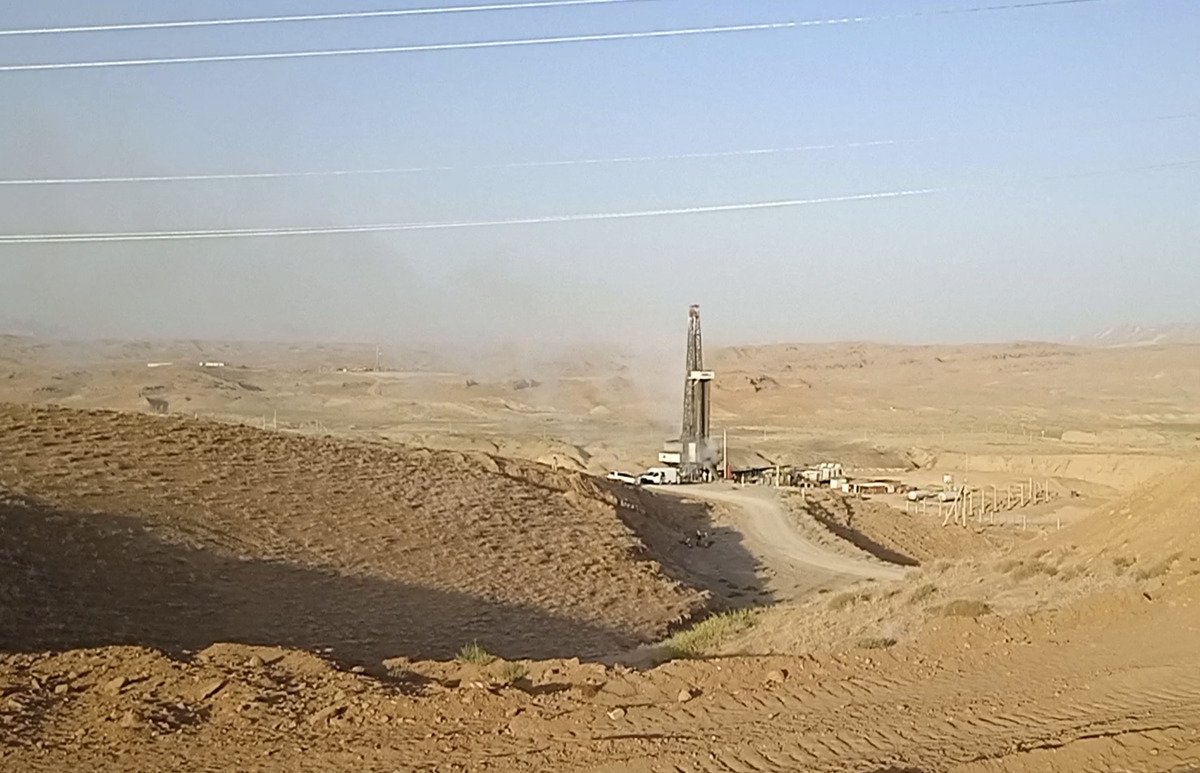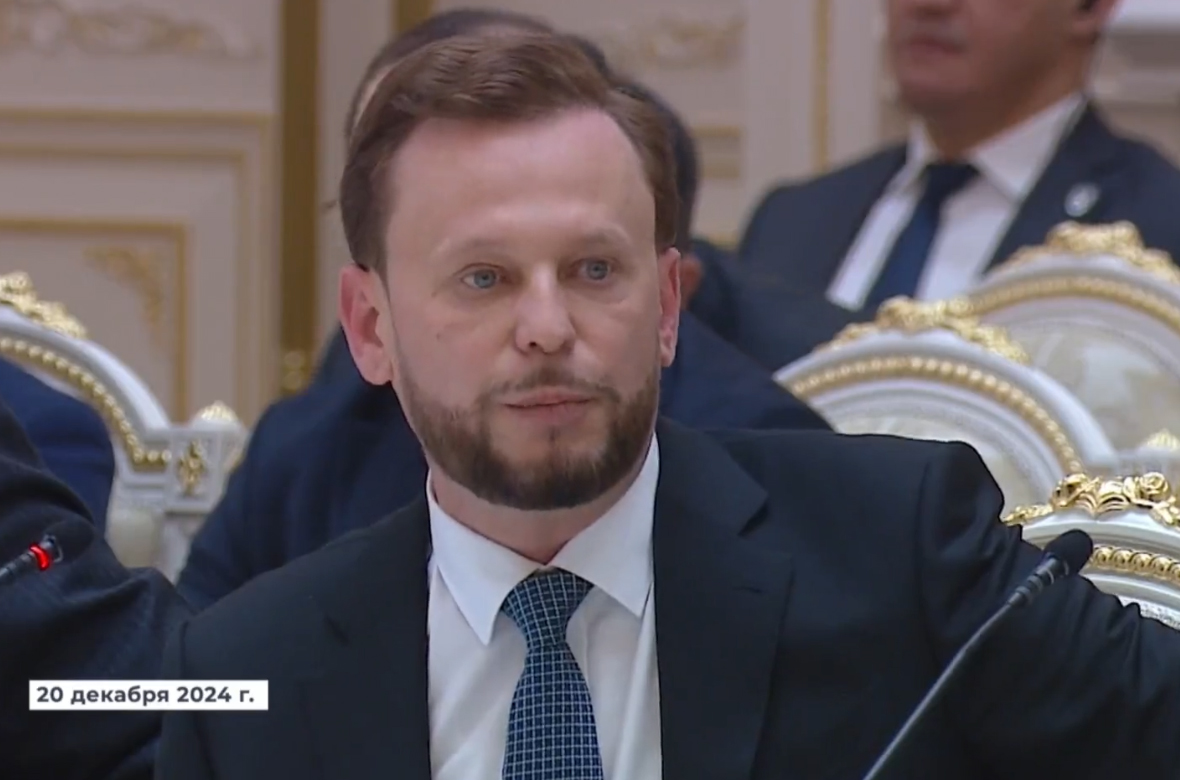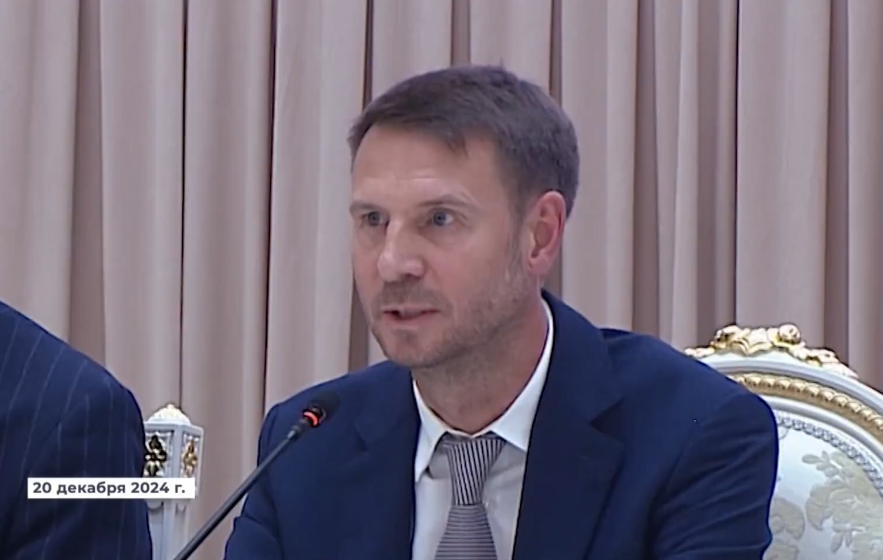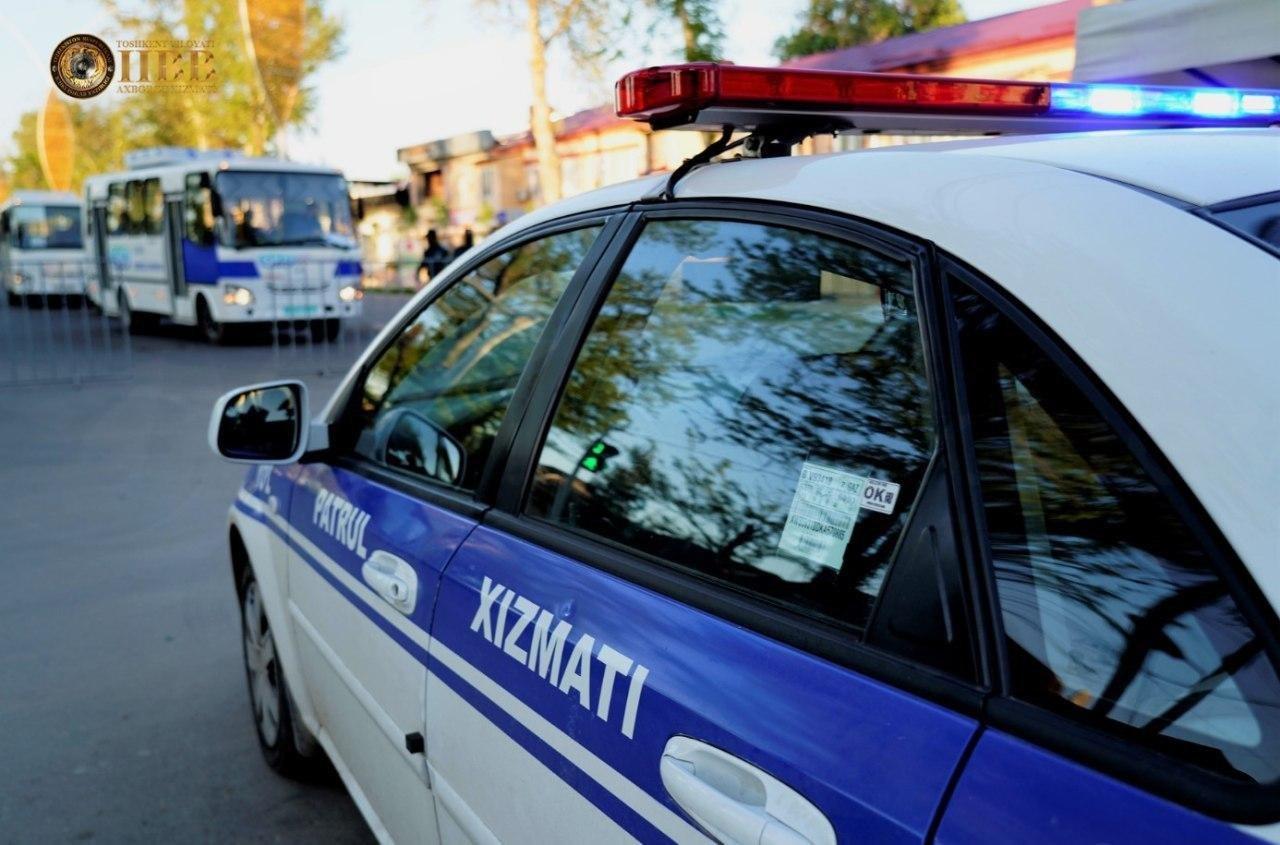This article is also available in:
Русский (Russian)
Uzbek
Uzbekistan’s Minister of Energy, Jurabek Mirzamakhmudov, provided detailed insights into the scale of the Boysun accident, one of the largest technological disasters in the country’s history, during the “Lolazor” podcast. According to him, this was one of six accidents of such magnitude, and its resolution was one of the quickest.
“The accident in Boysun was one of the six largest technological accidents in Uzbekistan’s history. However, the liquidation of its consequences was carried out in the shortest time possible. The challenge was that a high concentration of hydrogen sulfide was discovered at the accident site, significantly complicating the work. This gas corroded equipment, leading to repeated leaks. Despite this, our specialists installed a cap and managed to stop the leak,” the minister explained.
He also noted that international experts were brought in to assist in managing the situation promptly.
“We invited specialists from Azerbaijan and the U.S., who helped eliminate the consequences. This was one of the fastest accident responses in Uzbekistan’s history,” he added.
One of the key problems was the high gas pressure in the well and the complex composition, including hydrogen sulfide, which required special safety measures. Mirzamakhmudov also mentioned that the accident did not result in the closure of the station.
“Despite all the challenges, the Boysun station was not shut down. Work continues, and we are taking all measures to ensure safety and prevent further leaks,” he noted.
The minister further added that the liquidation efforts are ongoing with the use of advanced technologies and strict adherence to all safety measures. He emphasized that the complex conditions and high risks require continuous monitoring, and the work will be completed in the coming days.
Mirzamakhmudov also spoke about the government’s support for the local population immediately after the accident. He personally traveled to the affected area on September 1 to ensure that all necessary measures were being taken to protect and support the residents.
“On September 1, the day of the accident, I flew to Boysun with a team of specialists. We arrived on-site in the evening and immediately mobilized all the necessary services. Evacuation and medical teams were deployed, and equipment was swiftly delivered. All residents who needed help were provided with hot meals and temporary shelters. We maintained control on-site and personally oversaw the course of the accident response,” he shared.
The minister emphasized that the first priority after the incident was establishing a notification system and installing special sensors to monitor gas levels and potential leaks. These sensors were placed around the perimeter and operated 24/7, ensuring timely data collection and monitoring of the situation.
Mirzamakhmudov reported that specialists from the Ministry of Energy and other government bodies, including the Ministry of Emergency Situations (MES), conducted extensive work at the accident site. They remained there for a month, monitoring the environment and ensuring the safety of the local population.
“We worked directly at the accident site, collecting data for a month, maintaining control over all facilities, and transmitting all information in real-time,” the minister stated.
He stressed that government services, including the Ministry of Internal Affairs and the National Guard, acted swiftly, and thanks to their efforts, panic among the population was avoided.
Consequences for the Region
Speaking about the impact of the accident on the region, the minister acknowledged that the accident caused public concern, but full safety for the population was ensured.
“We implemented all measures to protect local residents. Evacuation measures were put in place, and the gas levels in the air were closely monitored. The work will be completed soon, and the danger will be entirely eliminated,” he added.
Jurabek Mirzamakhmudov also assured that all necessary compensation for those affected will be provided, and local residents will receive support through socio-economic programs.
Thus, despite the challenging conditions and high risks, the efforts to mitigate the consequences of the Boysun accident continue.
The article may contain inaccuracies as it is translated by AI. For more details, please refer to the Russian version of the article. If you notice any inaccuracies, you can send corrections via the Telegram bot: Uzvaibik_bot.











